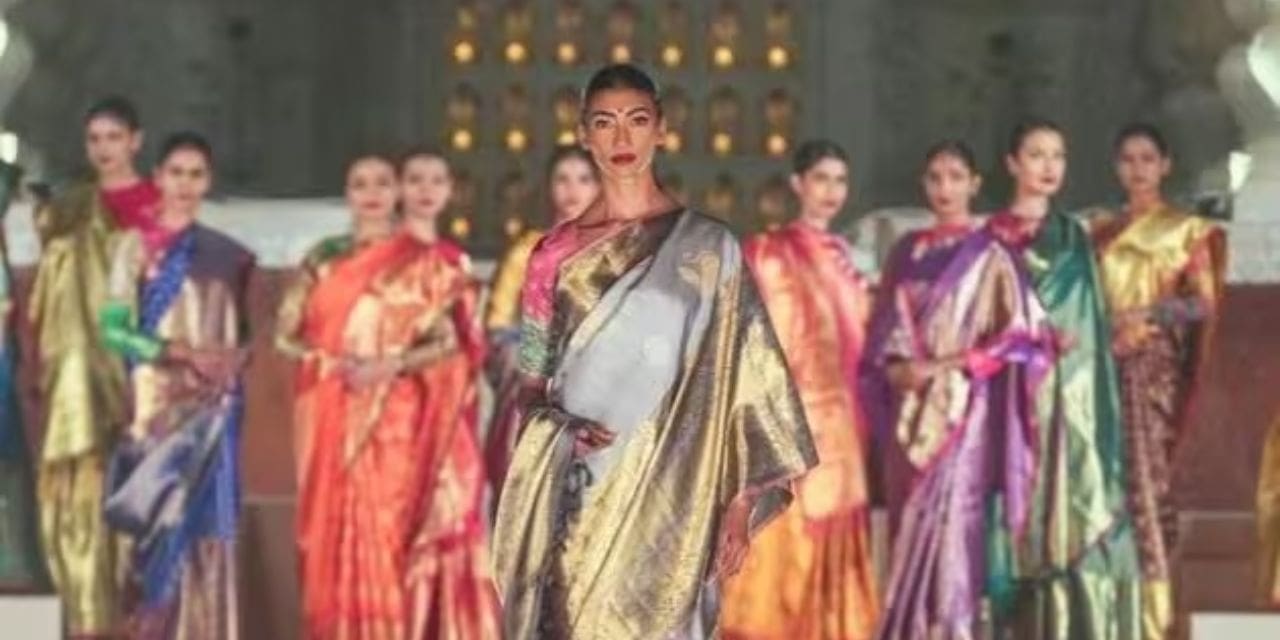The Indian textile diaspora spans 29 states and 7 union territories, with more than 30 fabric crafts being produced there. These crafts are no less than the winding, shimmering, and majestic rivers that merge to make the most varied and prolific legacy and culture of all time since each state has nurtured its own textile craft for endless years.
Since the beginning of time, textiles like cotton, jute, and silk have dominated international trade between India and the rest of the globe. Our history with textiles and crafts is as vivid as the early morning sun. Craftsmen and weavers all around the country have been innovating and adding new flavours to the textiles since the Mughal Era, the Swadeshi Movement, the British Raj, and even after independence. domestic textile arts. At Nandana, dabu printing is no less than a fine dining experience, where natural dyes derived from plants like Anar Ka Chilka, Dhawde Ka Fool, and Imli ke Beej, to name a few, are all combined to make a delectable formula of earthy Hand Block textiles. Because they are entirely done by hand, craftsmen often leave behind imperfections, which only enhance the beauty of the designs.
While Bagru continues to be the epicentre of indigo hand block printing, artisans in Akola devote more time to design and production, which results in 80% less bleeding. You can get a range of textiles at Fabriclore that have been dyed a rich blue colour using indigo and made into dupattas, stoles, unstitched suits, and running length fabrics. the decorative.Using either the classic Jacquard weaving method or the Kadva technique, gold zari motifs are produced (hand weaving). You may find a fascinating range of Banarasi at Fabriclore, including unstitched suits and dupattas, Taffeta Silk twisted into running-length textiles, Pure Hand Woven Kinkhab Silk, and Machine Kataan Silk.

